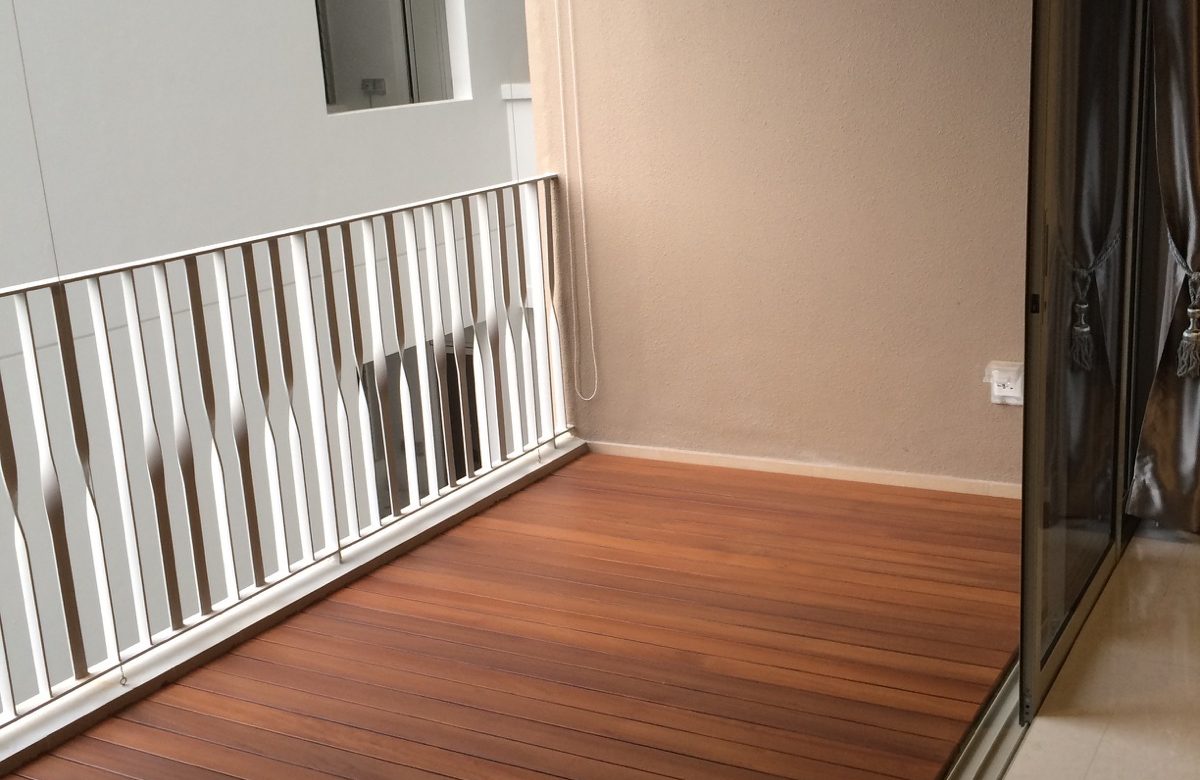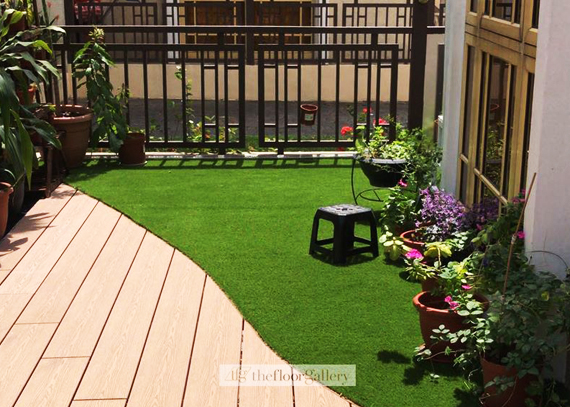Chengal Wood Decking’s Three-Step Maintenance

Like a deck made of any material, any homeowner will get out of Singapore Chengal wood decking what gets put into it.
Chengal is one of Singapore’s most common natural-wood decking materials, roughly equivalent in quality probably to the yellow pine milled for North American pressure-treated lumber. With the right cleaning and care, a Chengal deck multiplies any home’s appeal, adds significantly to its market value, and just generally provides a welcoming and relaxing place for family and guests to unwind a while.
Of course, no luxury comes without a price and any chengal deck is only as good and sound as the common sense that goes into maintaining it. Failing to keep up sealing and staining is as good as throwing money into the breeze. Make sure you’re getting your money’s worth with these three simple, sensible maintenance tips.
- Cleaning
Clean your chengal deck the right way, and it will retain its like-new sturdiness and coloration for years on end after installation. On the other hand, fail to head any cleaning product’s preparation or application instructions, and you gamble with chemically spoiling the sensitive wood entirely.
Mix your cleansers such that the water and product strike the right acidic or alkaline pH balance recommended on the products’ labels. If you’re using a detergent, stick with a milder product that isn’t overly reactive with chengal wood. Remember, too, that too much water can be as hard on an untreated deck as too much cleaner. Avoid dampening the chengal wood more than necessary, lst the decking should start to rot and create even more work for you.
- Weight
Any wood can only bear so much weight before it either warps, cracks, or breaks entirely. Be mindful of what you keep on your deck and try to gain a professional estimate of what its maximum weight is so you have a good guess when too much furniture or too many people gathered on it at once may break it.
If you do plan on regularly entertaining large crowds, plan ahead. When designing your chengal wood deck, consider first designing it with some additional supports to distribute and better bear the load. In the meantime, if some items and furniture is likely to prove too heavy, you may want to either move those items elsewhere or put up a few specialized structures to hold up their weight. Children should also be taught to respect weaknesses in the deck and to keep excess weight off of it in order to avoid potential safety hazards.
As always, better safe than sorry.
- Regular Repairs
Before you even install your deck, do some research and gain a full understanding of the upkeep required to keep it pristine – or, at the very least, to keep it in safe condition. If you notice structural weaknesses, don’t put off giving them a little TLC. The longer you wait, especially when it comes to the onset of rot, fungus or mold, the more problems can deepen and spread throughout the structure. Consult a professional contractor or trusted online resource to learn roughly how often you should apply a waterproofing sealant and roughly when your deck will be due for re-finishing.




